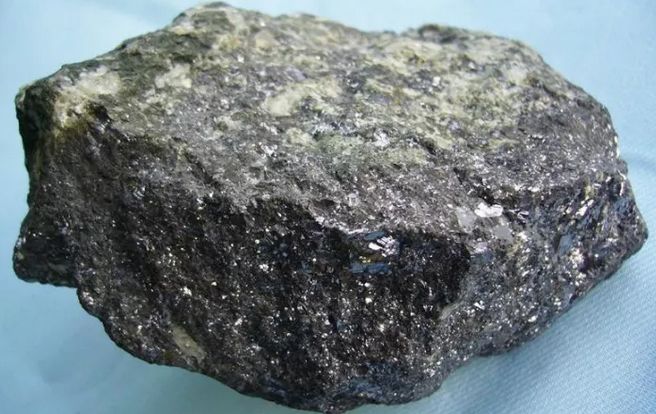Silver-containing lead-zinc ore is a valuable polymetallic resource with significant industrial importance. The mineral processing flow for extracting silver, lead, and zinc from this ore involves several stages of separation and extraction. In this article, we will explore the comprehensive mineral processing flow of silver-containing lead-zinc ore, highlighting each stage's significance, methods, and challenges.

The mineral processing journey begins with ore preparation, where the mined silver-containing lead-zinc ore undergoes crushing and grinding. The aim is to reduce the ore to a suitable size for subsequent processing stages while liberating the valuable minerals from the gangue.
Flotation is a crucial step in the mineral processing flow of silver-containing lead-zinc ore. It is employed to separate valuable minerals from the gangue through selective attachment to air bubbles. The ore slurry undergoes conditioning with reagents to enhance the hydrophobicity of valuable minerals, followed by agitation in flotation cells. Collectors, frothers, and modifiers are added to facilitate the attachment of air bubbles to the target minerals, while depressants inhibit the flotation of unwanted minerals.
During flotation, silver minerals, lead minerals, and zinc minerals are selectively floated out as froths, while gangue minerals sink as tailings. The froth concentrate undergoes further processing to separate individual mineral concentrates.
Once the silver-containing lead-zinc ore has been floated, the next step is to separate lead and zinc minerals. Differential flotation is commonly employed for this purpose, where lead minerals are selectively floated out first, leaving behind zinc minerals in the tailings. The tailings from the lead flotation are then subjected to zinc flotation to recover zinc minerals.
Silver extraction from the lead-zinc concentrate is typically achieved through smelting or hydrometallurgical methods. In smelting, the lead-zinc concentrate is heated in a furnace with suitable fluxes to separate silver from lead and zinc. The silver-rich lead bullion obtained from smelting is further refined to obtain high-purity silver metal.
Alternatively, hydrometallurgical methods such as cyanidation or chlorination may be employed for silver extraction. In these methods, the lead-zinc concentrate is leached with cyanide or chlorine solutions to dissolve silver, followed by precipitation or solvent extraction to recover silver metal.
Proper management of tailings is essential in the mineral processing flow of silver-containing lead-zinc ore to minimize environmental impact and ensure safety. Tailings from flotation and other processing steps are typically stored in tailings ponds or subjected to further treatment for reclamation. Tailings management strategies may include thickening, filtration, and dry stacking to reduce water consumption and minimize the risk of tailings dam failure.
Environmental considerations play a significant role in the mineral processing of silver-containing lead-zinc ore. Efforts should be made to minimize the generation of waste, reduce energy consumption, and mitigate the release of harmful pollutants into the environment. This may involve adopting cleaner production techniques, implementing recycling and reuse practices, and complying with stringent environmental regulations.
The mineral processing flow of silver-containing lead-zinc ore is continually evolving as new technologies and methodologies emerge. Future prospects may involve the adoption of advanced processing techniques such as sensor-based ore sorting, bioleaching, or hydrometallurgical processes to improve efficiency, reduce costs, and minimize environmental impact. Research and development efforts are underway to address these challenges and unlock the full potential of silver-containing lead-zinc ore resources.
In conclusion, the mineral processing flow of silver-containing lead-zinc ore is a complex yet essential process that requires careful planning, optimization, and innovation. By understanding each stage's significance and employing appropriate methods and technologies, the valuable metals contained in this ore can be efficiently extracted while minimizing environmental impact and maximizing economic returns.